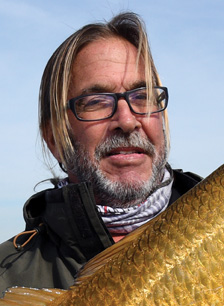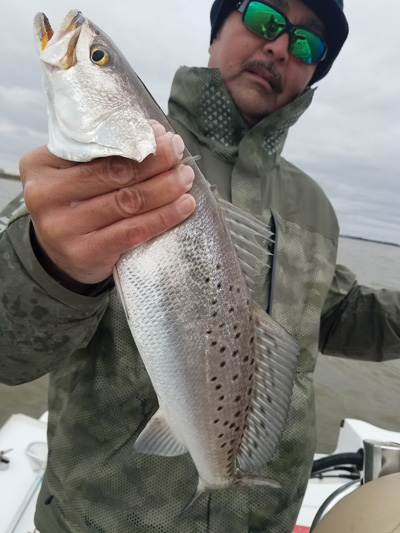 By Capt. David C. Dillman
By Capt. David C. Dillman
galvestonbaycharterfishing.com | 832-228-8012
My wife and I became a statistic. We ended up with COVID-19 at end of 2020. We became exposed at a small Christmas gathering in a restaurant and the rest is history. By God’s Grace and Mercy we suffered no major complications, which was a blessing for my wife who is at high risk. If you have remained healthy, continue to do so; the virus is not much fun.
We spent Christmas and New Year’s in quarantine. The Spirit of Christmas showed itself with our neighbors dropping off food to make sure we were well fed. Funny how God works! My time outdoors has been limited. I have been able to keep up with the fishing in Galveston Bay through a couple of friends. My first day back on the water was Jan. 9, almost four weeks after my exposure to COVID. I fished with Juan Cruz, who by the way will be running some charters with me this year. We spent four hours in the upper reaches of Galveston Bay and ended up with some nice trout and black drum.

Juan Cruz with a fat winter speckled trout.
February is probably one of the toughest months to fish on Galveston Bay. The weather can be brutal, thus limiting the number of days on the water. The Upper Northwest area of Galveston Bay is protected from the late winter winds this time of year. The only factor that will drive the fish from this area is heavy runoff released from Lake Conroe. Local runoff doesn’t seem to affect this area for too long. I have been fishing this area for 25+ years, longer than most who fish there now.
Are fish elsewhere in Galveston? The answer is yes. West Galveston Bay is well known for producing larger trout for those willing to wade the coves. The Galveston jetties will see its share of big black drum and sheepshead showing in decent numbers with the occasional bull redfish. The shorelines along Eagle Point and Moses Lake will also produce this time of year.
Low tide conditions will be a hindrance to those launching boats. Strong winds from the Northwest can drop the tides so low that the ramps will become unusable. Bait supplies will also be limited, although Eagle Point Fishing Camp (281-339-1131) has been the most reliable. Last but not least stay healthy and remember God is in control of everything. Be kind to each other and many blessing to all of you.





